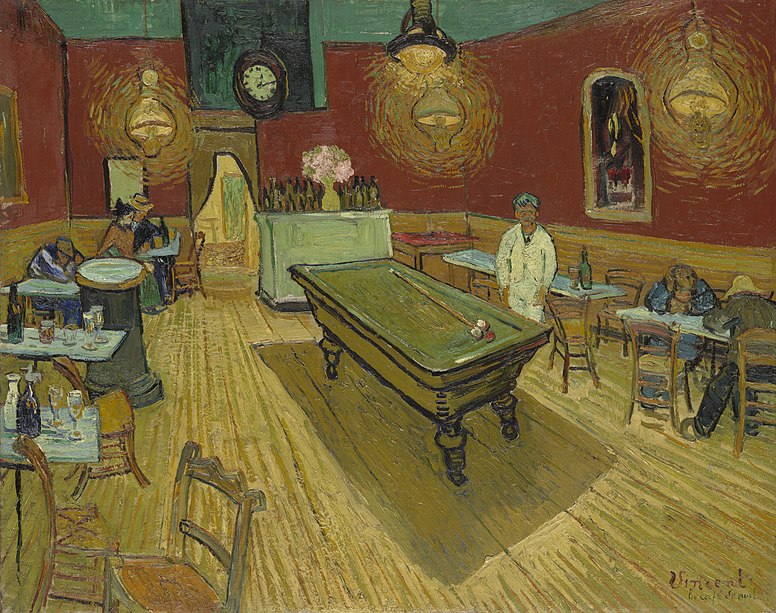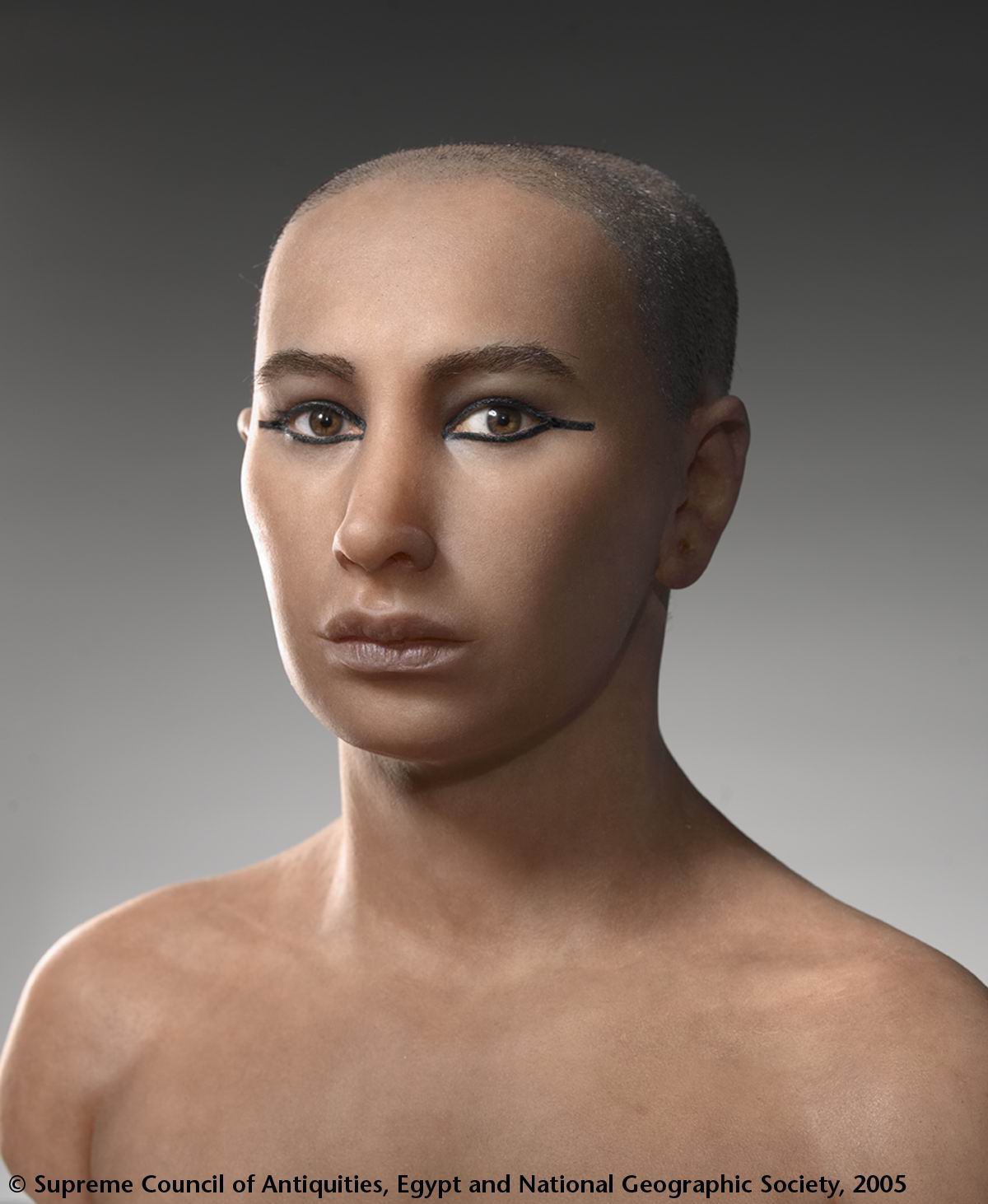Proposal
This multi-screen piece is a foreshadowed view of the problems we face as human beings as we continue to try and overcome what happens naturally e.g. landslides, tsunamis, with the aim of demonstrating how our human approach to tackling nature is an inevitably impossible task.
I will collect clips and images like the one above, demonstrating how nature destroys the world we have built to live in, and our solutions to these problems across our history.
With these I will then create some animated stills for increased effect and to give some of the images more ‘life’ but mostly edit them together as a collage of these ideas. There will be a good mix of older events and newer ones, to demonstrate how continuous our battle with nature is.
These two collage minute loops will sit on either side of my three screen piece and will be accurately timed to correspond with one another.
The middle screen will be an exploration of the extremities we could come to if we continue to deny, and work against natural events. Using Matte Painting in After Effects, I aim to show the problems we have now, but on a grander and exaggerated scale.
Inspiration
I am interested in how nature works, and originally began my research looking at people who use nature as part of their art work such as Andy Goldsworthy:
His work very much works with the natural processes we see everyday, such as rivers running and the changing of seasons.
However, I was also very much aware of how humans have impacted on the natural world, and a large sense of human arrogance which involves the opinion that we rule the planet. I simply did not agree with that, and saw how that was shown in erosion of our architecture through time.
I looked at erosion rates of monuments around the world such as the Great Pyramids of Giza, and the Colosseum in Rome, both of which are things I have seen with my own eyes and have a great understanding of.
I had found a couple of triptychs which shared a similar theme to the one I was exploring:
This first one had an interesting use of juxtaposition between rural, beautiful locations and the dark, grey urban world that a lot of us live in. It gave a sense of large space that nature occupies, in conjunction with the often claustrophobic environment associated with modern life.
The second one is a collage across three screens that explores industry surrounding the sea over time. It has a mix of modern and old clips, referencing war and achievements in new technologies. It shows a real admiration for this industry, which goes back to very early in human history, especially across Europe.
Tests
As Matte Painting is a main part of my piece, I looked up a tutorial on set extension and Matte Painting on Video Copilot as I didn’t have much experience in it:
I can see how it would be fairly easy to apply this effect to my project as long as I can source good images and footage to use.
Another tutorial I did as part of a class exercise was animating a still:
This tutorial I found useful as I continued my research, this is also easy to apply to my project and use it to add some effects to my collage images to make them more realistic, and more believable. Also, I could use them in part with my Matte Painting if I wanted to.
Schedule
The first week (commencing Mon 17th Feb) will be spent sourcing my images and footage, organising them accordingly and reviewing them, making decisions on which ones to use.
The next week I’ll start work on the collages, looking at the footage and making decisions on whether to use the technique of animating a still in After Effects. I will spend most of the week in After Effects I imagine, but I hope to have a rough cut put together in premiere, ready for my matte painting work.
After that, I will spend time on my matte painting, referencing the work I have done the previous week to make sure they work together. I will also be referencing matte painting tutorials to aid me.
I expect the last couple of weeks to be matching up the timing of the three screens in after effects and premiere, getting a tight cut on them and making sure all the effects work properly, reviewing their effectiveness as I go.
Requirements















